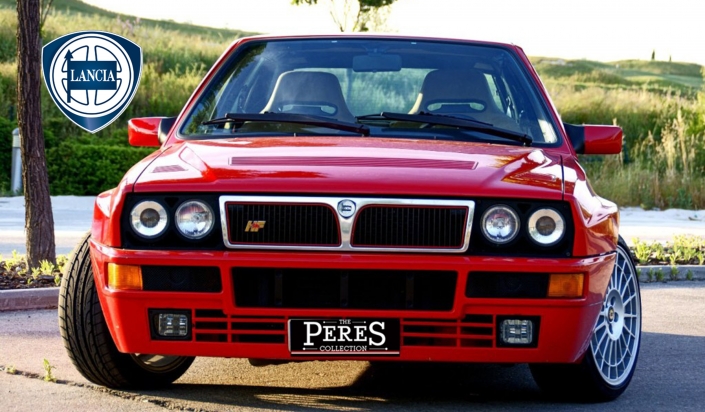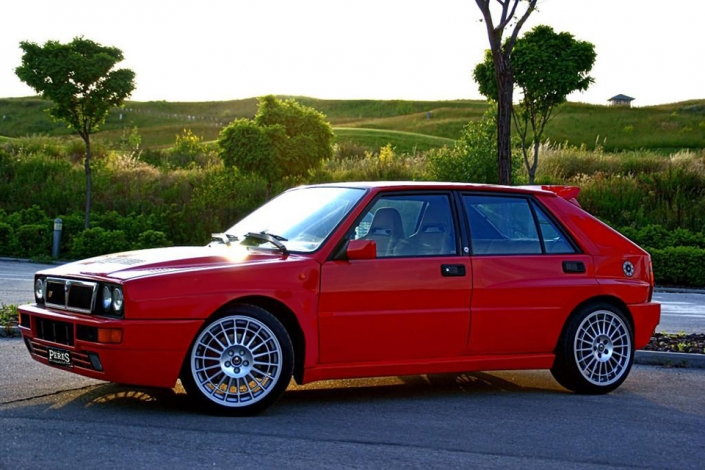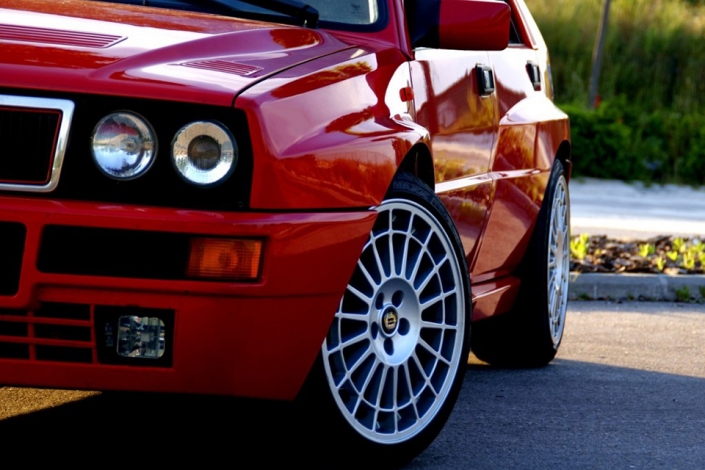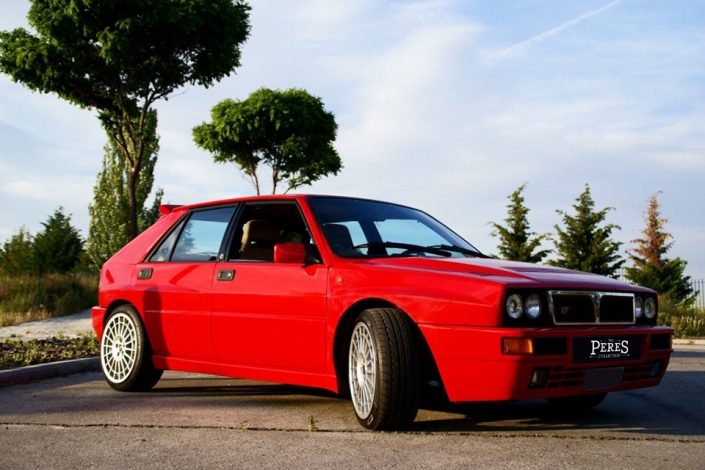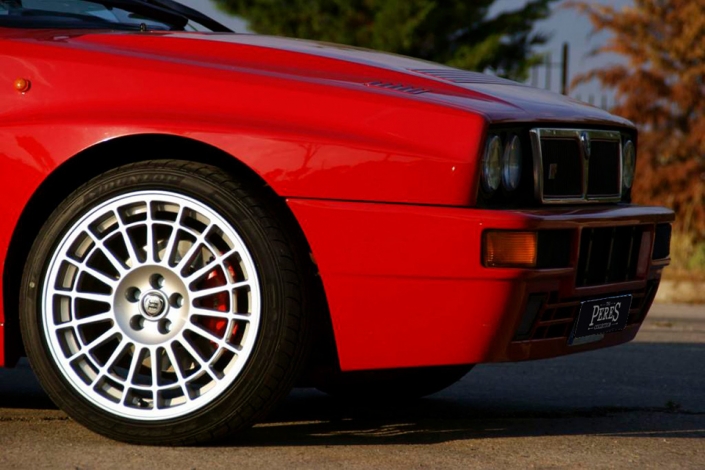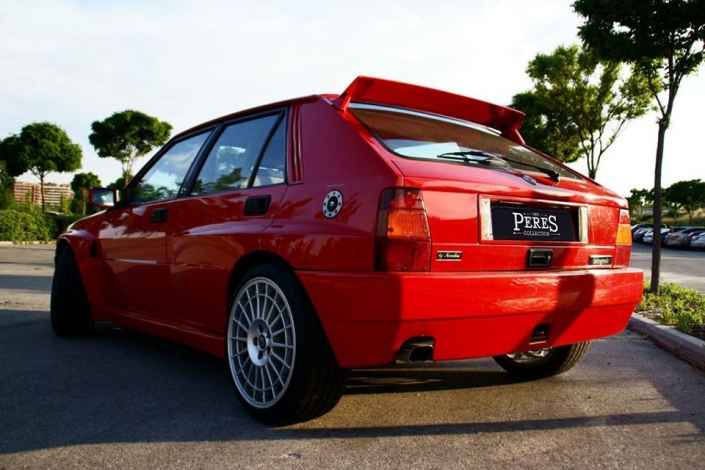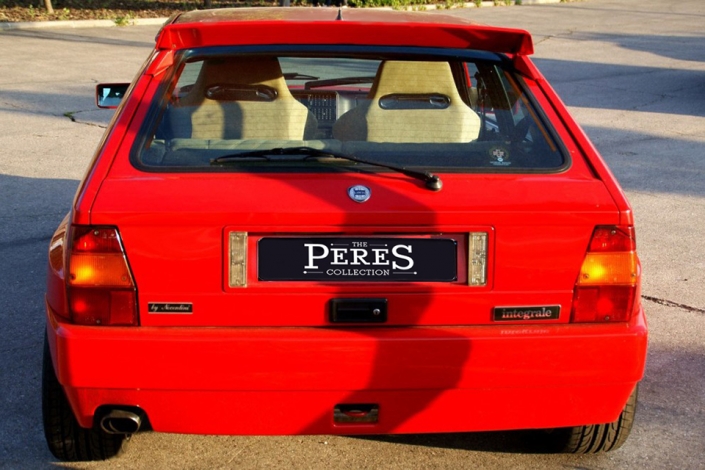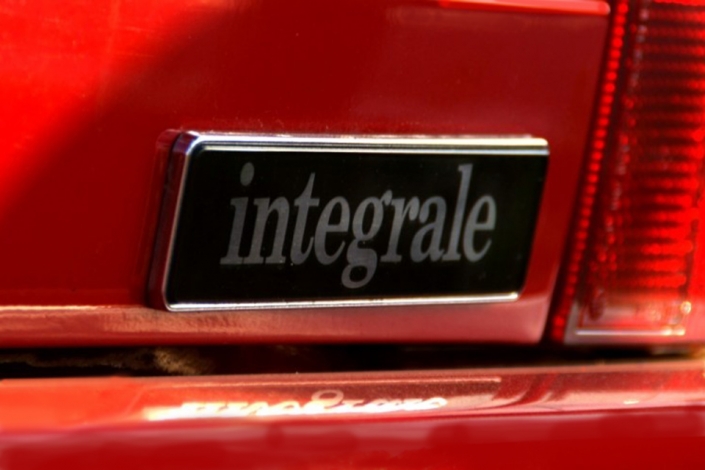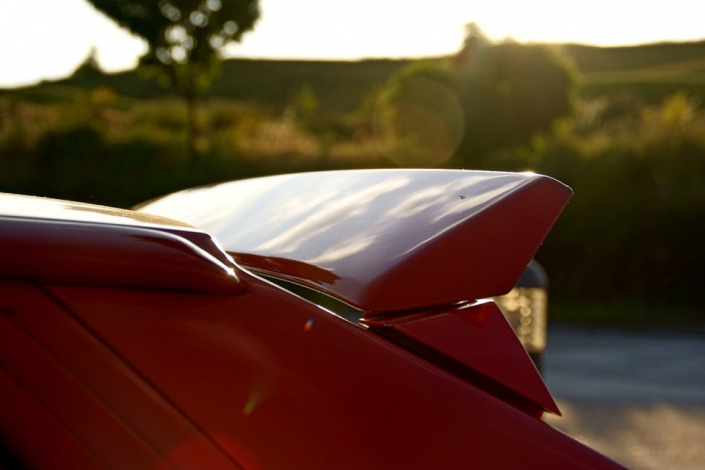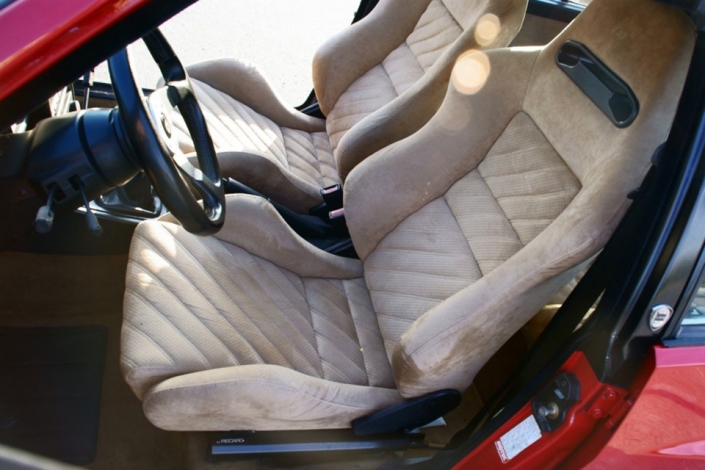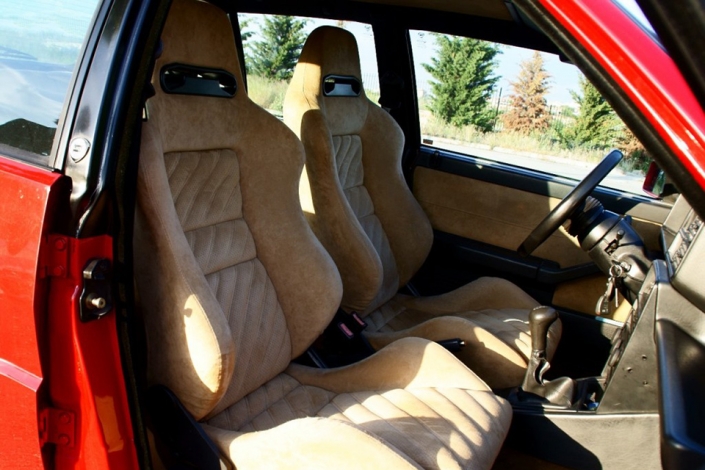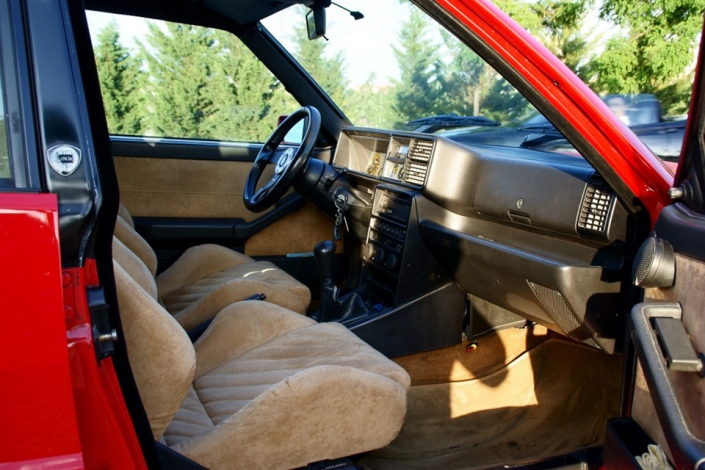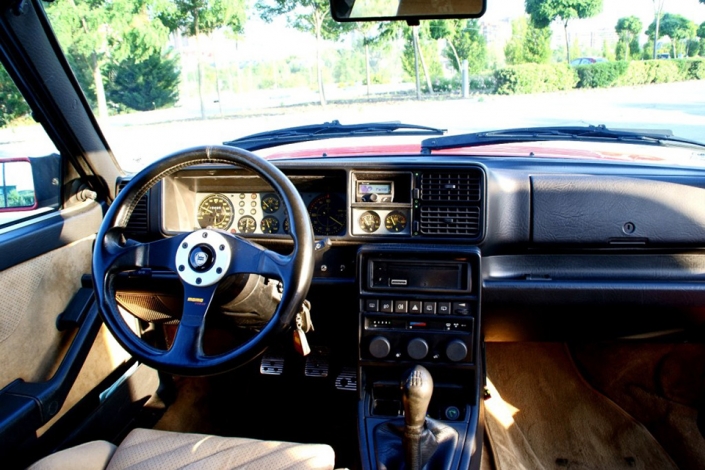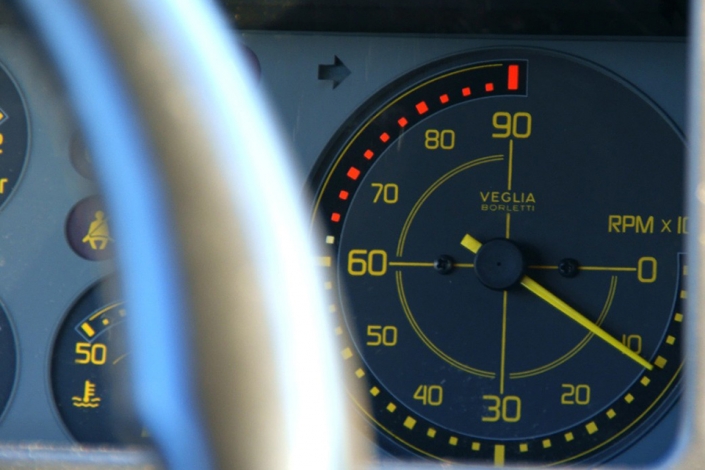LANCIA Delta Integrale
EVO 2 1993
VIDEO
Integrale Evoluzione
Lancia Delta Evo – The first Evoluzione cars were built at the end of 1991 and through 1992. These were to be the final homologation cars for the Lancia Rally Team; the Catalytic Evoluzione II (below) was never rallied by the factory.
The Evoluzione I had a wider track front and rear than earlier Deltas. The bodyside arches were extended and became more rounded. The wings were now made in a single pressing. The front strut top mounts were also raised, which necessitated a front strut brace. The new Integrale retained the four wheel drive layout. The engine was modified to produce 210 bhp (157 kW) at 5750 rpm.
External changes included: new grilles in the front bumper to improve the air intake for engine compartment cooling; a redesigned bonnet (hood) with new lateral air slats to further assist underbonnet ventilation; an adjustable roof spoiler above the tailgate; new five-bolt wheels with the same design of the rally cars; and a new single exhaust pipe.
Interior trim was now grey Alcantara on the Recaro seats, as fitted to the earlier 16V cars; leather and air conditioning were offered as options, as well as a leather-covered Momo steering wheel.
Integrale Evoluzione II
Lancia Delta HF Integrale 16v Evoluzione II – Presented in June 1993, the second Evolution version of the Delta HF Integrale featured an updated version of the 2-litre 16-valve turbo engine to produce more power, as well as a three-way catalyst and Lambda probe. A Marelli integrated engine control system with an 8 MHz clock frequency which incorporates:
- timed sequential multipoint injection;
- self-adapting injection times;
- automatic idling control;
- engine protection strategies depending on the temperature of intaken air;
- Mapped ignition with two double outlet coils;
- Three-way catalyst and pre-catalyst with lambda probe (oxygen sensor) on the turbine outlet link;
- Anti-evaporation system with air line for canister flushing optimised for the turboengine;
- New Garrett turbocharger: water-cooled with boost-drive management i.e. boost controlled by feedback from the central control unit on the basis of revs/throttle angle;
- Knock control by engine block sensor and new signal handling software for spark park advance, fuel quantity injected, and turbocharging;
The engine developed 215 PS (158 kW) DIN (against 210 PS on the earlier uncatalysed version) and maximum torque of 32 kgf·m (314 N·m) (formerly 31 kgf·m or 300 N·m).
The 1993 Integrale received a cosmetic and functional facelift that included.
- new 16″ light alloy rims with 205/45 ZR 16 tyres;
- body colour roof moulding to underline the connection between the roof and the Solar control windows;
- aluminium fuel cap and air-intake grilles on the front mudguards;
- red-painted cylinder head;
- new leather-covered three-spoke MOMO steering wheel.
standard Recaro seats upholstered in beige Alcantara with diagonal stitching.
Limited editions and specials
Lancia produced several limited and numbered editions models based on the Delta HF Integrale “Evoluzione”, each offering unique exterior and interior colours, materials and equipment. Some were put on general sale, while others were reserved to specific markets, owners clubs or selected customers. The following table lists all of the limited editions and their main features.
(excerpt in Wikipedia)


